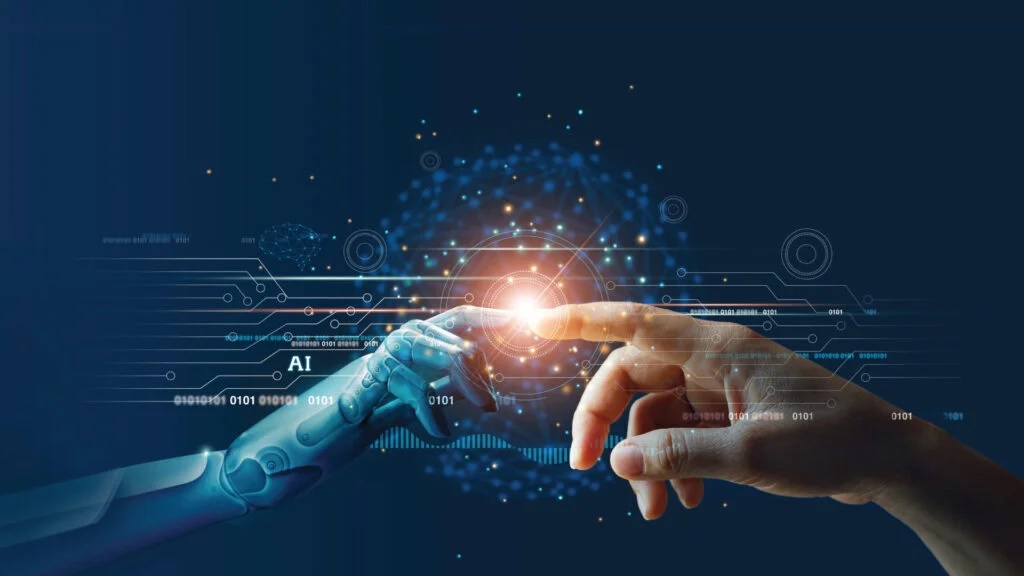Artificial Intelligence will improve our lives in many ways, from safe, automated mobility to time-saving tasks. With constant innovation, AI systems will become far more capable, possibly equaling or exceeding human-level performance at most intellectual tasks.
AI is one of the most important technologies of our time and its impact is comparable to the industrial and scientific revolutions. For business leaders to utilise AI’s full capabilities it’s crucial to ensure AI is aligned with human intent and the promise of the AI product itself.
The best way to express your intent is to review examples of how the algorithm behaves and provide feedback. Human feedback can be used to steer AI products very efficiently by shaping the evolving dataset to reflect the developers’ intentions and user expectations.
What is AI alignment and why is it important?
AI alignment is a field of AI safety research that aims to ensure that AI systems achieve their desired outcomes and work properly for humans. It aims to create an end-to-end process where an AI-based system can align its output with desired human preferences.
Imagine playing darts, or any game for that matter, but not agreeing on what the board looks like or what you get points for. If the designer of an AI system cannot express consistent and clear expectations through feedback, the system won’t know what to learn.
It all comes back to iteration
Contrary to common belief, AI alignment is not actually a technology problem, it’s a people problem. Ultimately, the ability of the AI system to learn the right kind of rules comes down to the ability of the product developer or service provider to express what it is that they want the product to do.
If we don’t figure out a better way to do this, we will see a lot of disappointment in the next few years and it’s going to be very difficult to realise the potential of AI. So, it’s in our collective interest to get this right. If business and technology leaders can collaborate closely on alignment, it will help create better products and in turn benefit humans day to day-to-day lives.
We live in a fast-changing world, and expectations evolve quickly. If you assemble a large dataset, you must expect it to evolve. The challenge now is to shape your data with this evolution in mind which in turn informs your AI products. Alignment is the way forward, and the key is to approach it with an iterative mindset. The challenge now is to explore and shape your data with this evolution in mind which in turn informs your AI products.To Know More, Read Full Article @ https://ai-techpark.com/understanding-ai-alignment/
Read Related Articles:
Intelligent Decisions With Machine Learning
Generative AI for SMBs and SMEs



